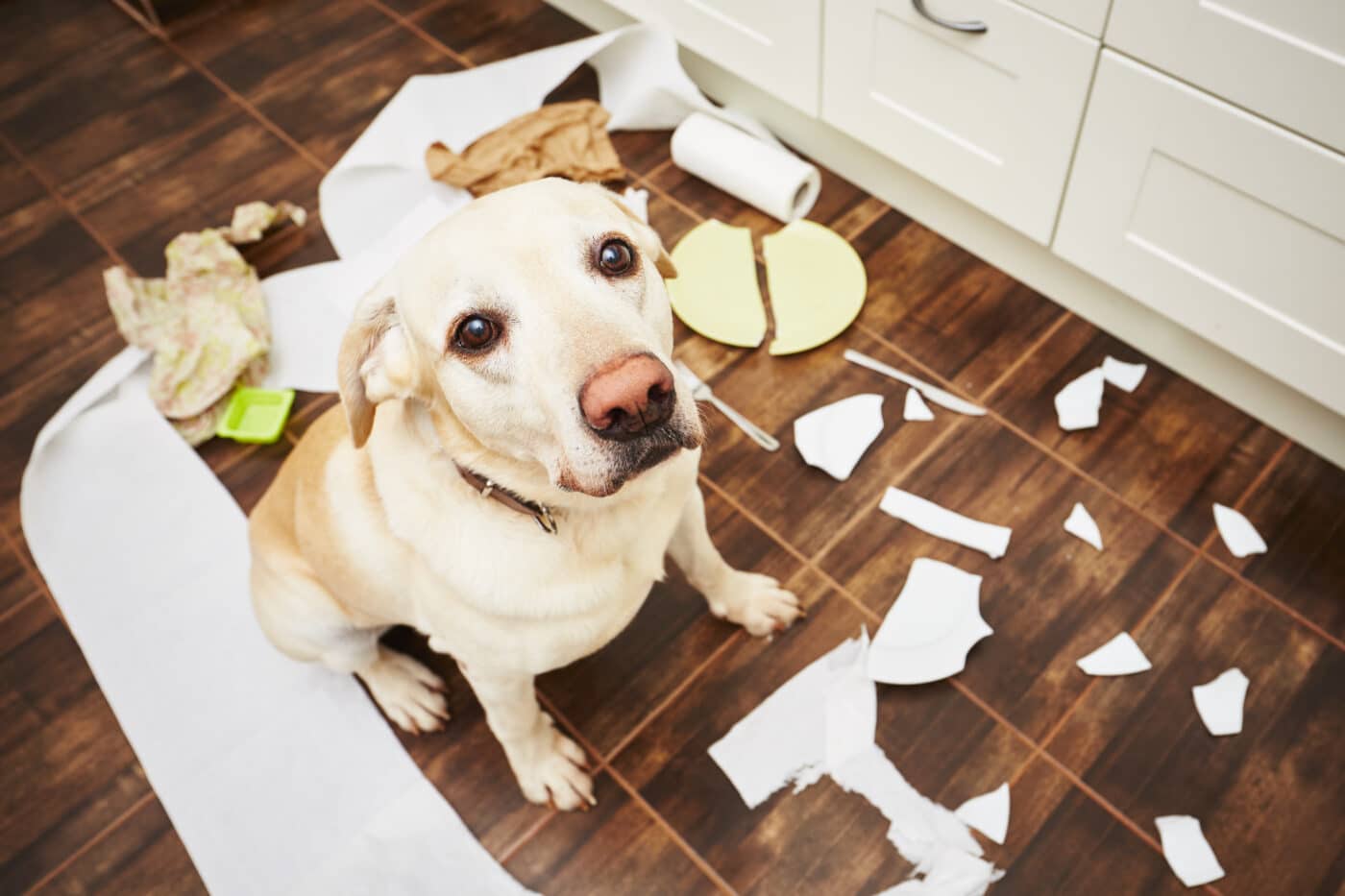
Dogs are known for their boundless energy, loyalty, and companionship, but they also have a unique ability to teach us lessons we didn’t know we needed. One of the most valuable skills they help us develop is patience. Whether it’s training a puppy, managing an older dog’s stubbornness, or simply waiting for them to finish their walk, dogs challenge our need for immediate gratification. Through these everyday experiences, dogs offer countless growth opportunities, showing us how to slow down and embrace patience in our lives.
Waiting for the “Right Time” to Eat
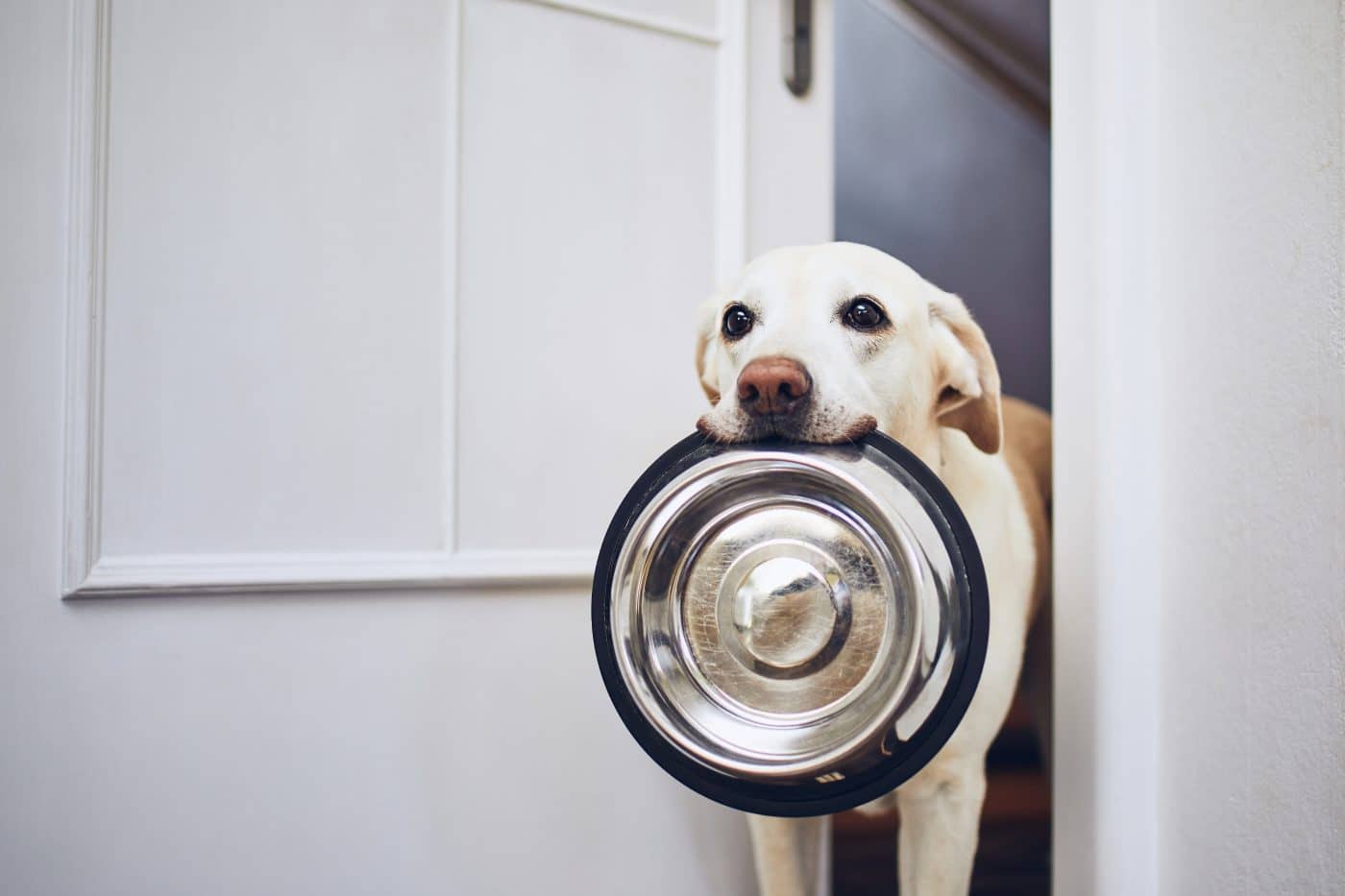 Shutterstock
Shutterstock
One of the first things many dog owners experience is the ritual of mealtime. From the moment you begin preparing their food, the dog is acutely aware and often becomes very eager. But they must wait. While their enthusiasm is overwhelming, it’s your task to maintain composure, and this requires a great deal of patience. Dogs don’t understand the complexities of food preparation, so their excitement continues to build while you manage the pace. Over time, this teaches you the value of waiting for something you desire, even when the anticipation is almost unbearable.
Training Patience with Commands
 Shutterstock
Shutterstock
Teaching your dog basic commands like “sit,” “stay,” or “wait” is more than just about obedience; it’s a lesson in mutual patience. Your dog might not initially grasp the concept, and you may find yourself repeating the same commands multiple times before they respond. The act of staying calm and consistent throughout this process requires patience, as dogs need time to understand and react appropriately. You quickly realize that the rewards come only after sustained effort and quiet persistence.
The Leash Walk Tango
 Shutterstock
Shutterstock
When you first start walking your dog, especially a puppy or a dog that is not accustomed to leash walking, the experience can feel like a tug-of-war match. Your dog pulls forward, stops to sniff every tree, and may even dart in different directions. As a pet owner, learning to handle the leash calmly, without becoming frustrated, is a valuable lesson in patience. The dog’s endless curiosity and the slower pace they set help you understand the importance of enjoying the present moment rather than rushing to the destination.
Dealing with the Chewed Shoes Incident
 Shutterstock
Shutterstock
While you may have a perfectly planned day, your dog may have other ideas—such as chewing up your favorite pair of shoes. In these moments, the challenge of managing your emotions without lashing out is a true test of patience. This is especially true for puppies who are learning about boundaries. Instead of reacting immediately with frustration, you need to remain calm, redirect their behavior, and understand that dogs explore the world with their mouths. Over time, this teaches you to pause, take a deep breath, and approach issues with a level head.
Waiting for Them to Come Inside
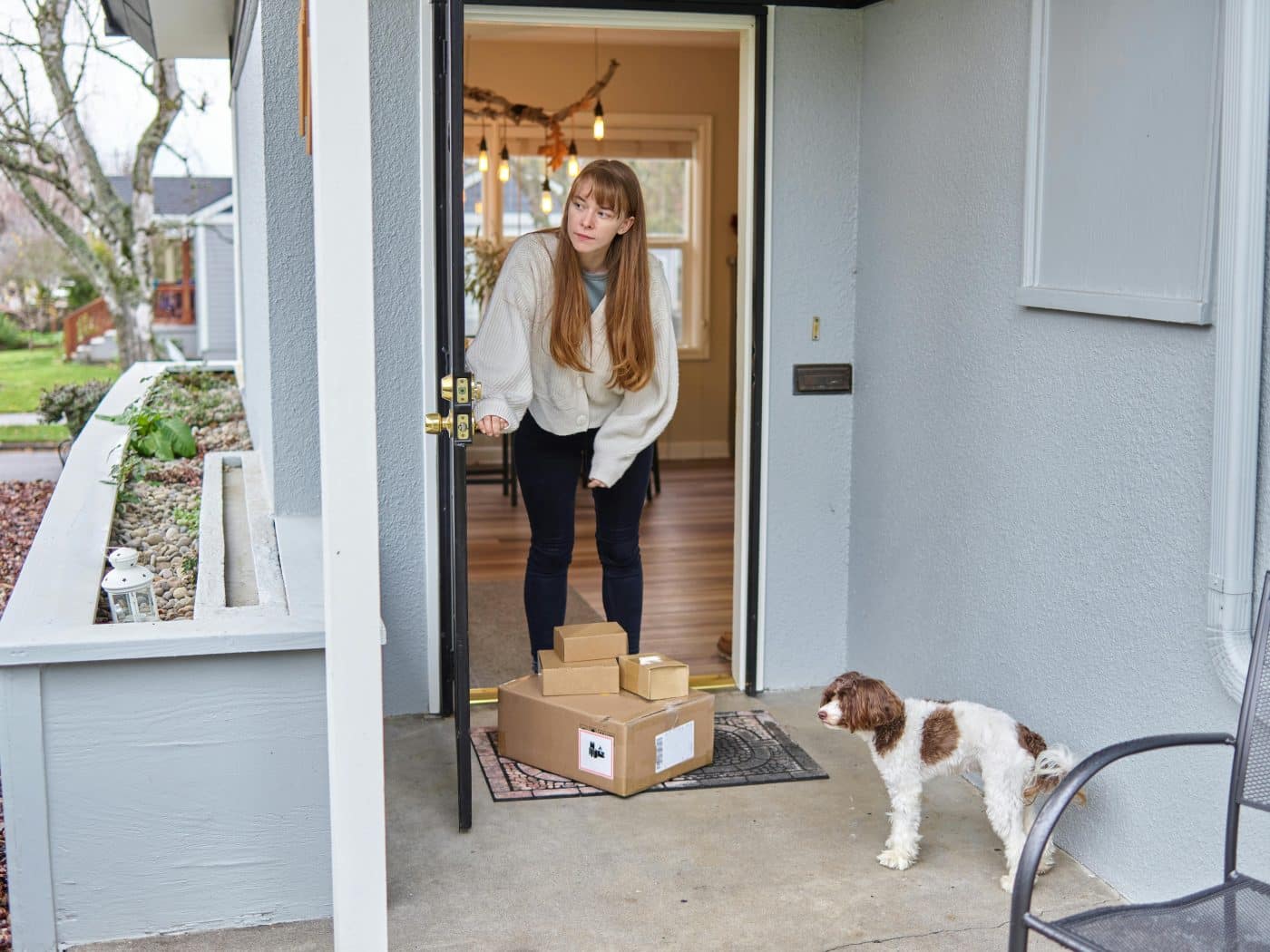 Shutterstock
Shutterstock
Sometimes, getting your dog to come back inside after they’ve had a good time outside can feel like waiting for the longest timeout in history. Whether they’re busy chasing a squirrel or sniffing every corner of the yard, getting them to return to the house can be an exercise in patience. This teaches you the value of giving them space, respecting their need to enjoy their surroundings, and resisting the urge to rush or force them. Over time, you learn to calmly wait, knowing they will eventually return when they are ready.
Patience with Their Playful Antics
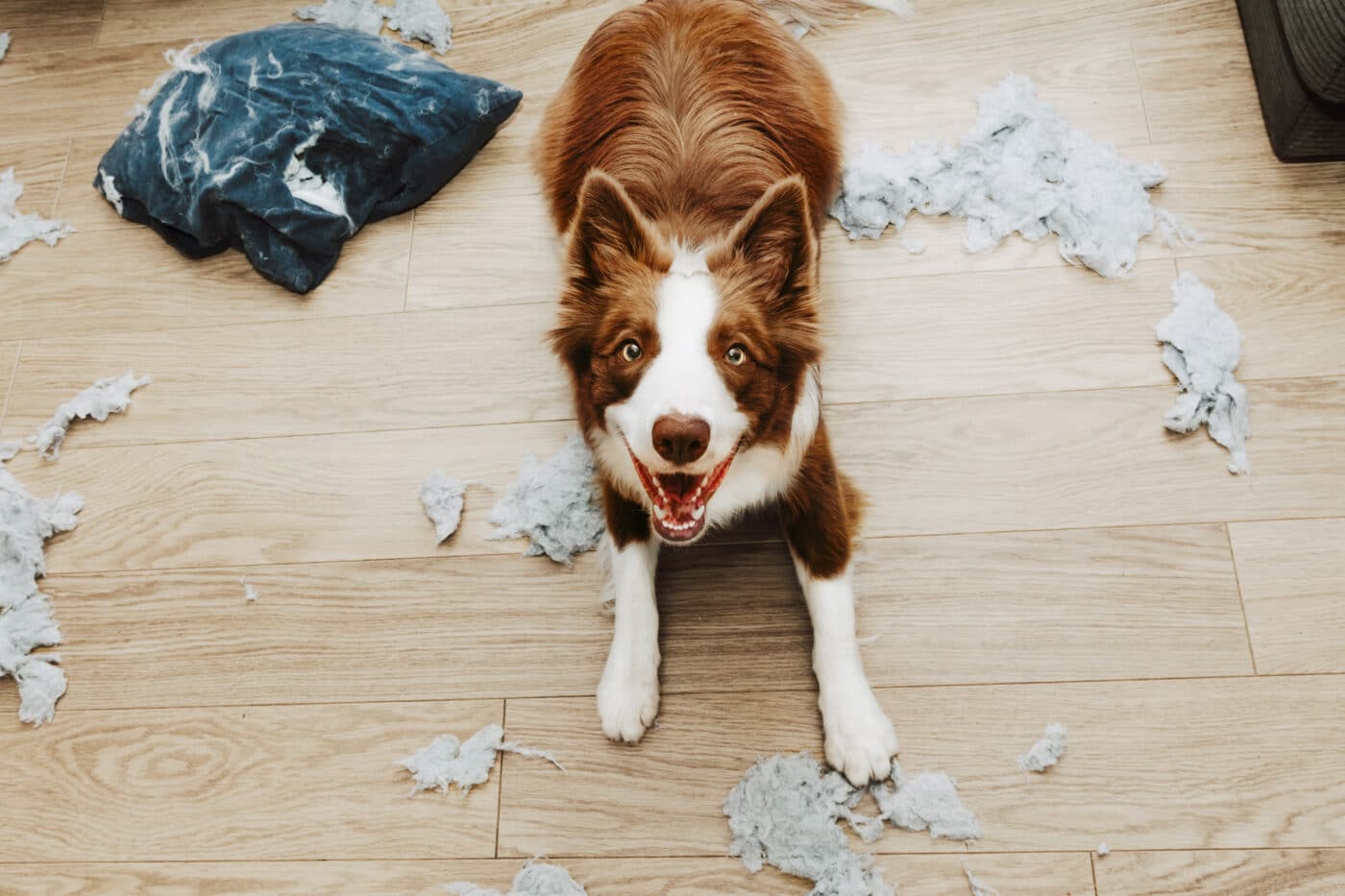 Shutterstock
Shutterstock
Dogs, especially puppies, can be a whirlwind of energy. They might demand attention at the most inconvenient times, or engage in behaviors that you find challenging—like chasing after your broom or trying to chew on your furniture. Yet, they don’t mean any harm. Instead of becoming frustrated, you learn to tolerate their actions and sometimes even laugh at their antics. Through this, dogs teach you that not everything requires a reaction and that some situations simply need a bit of humor and patience to handle.
The Art of Waiting for Belly Rubs
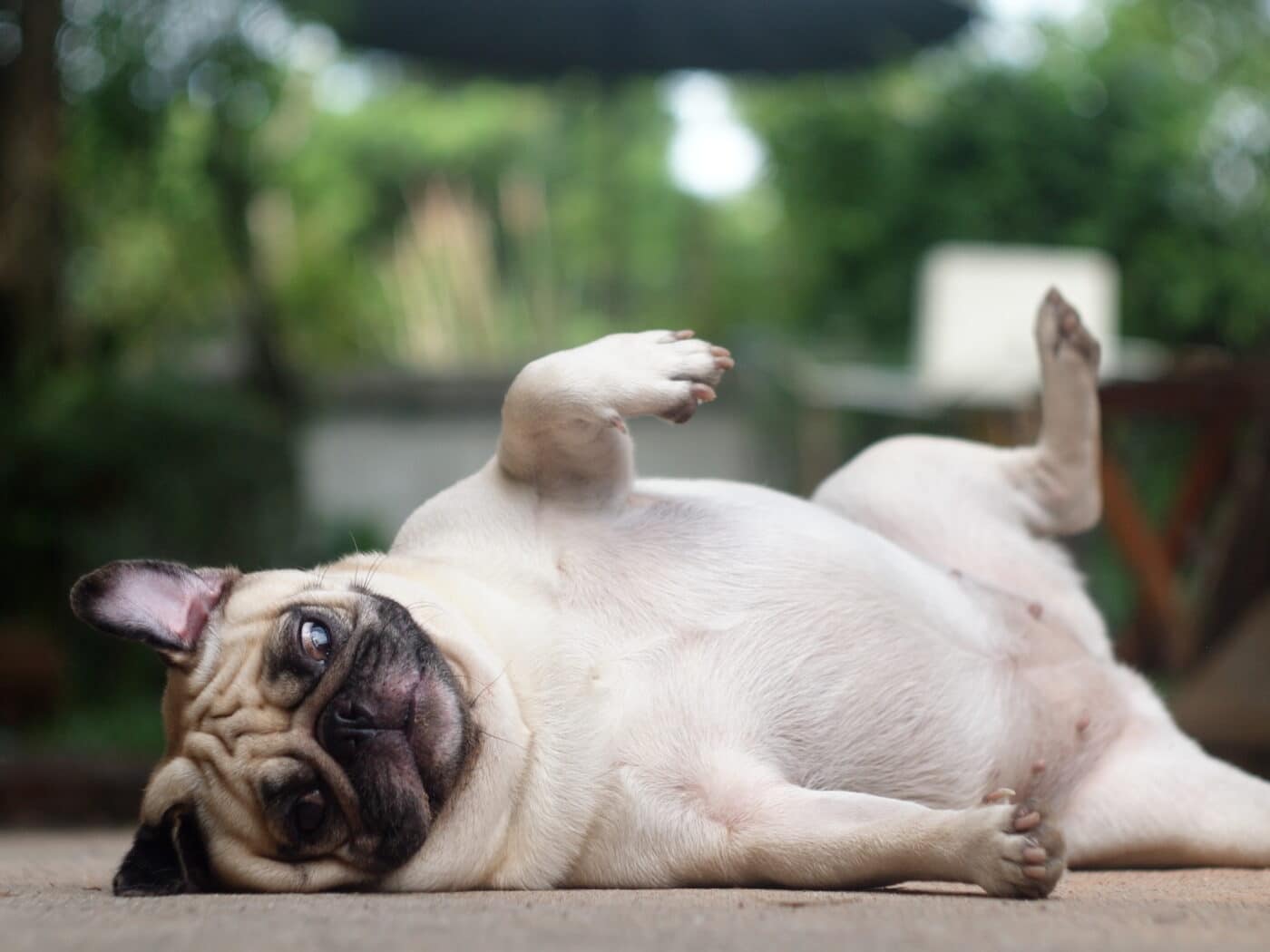 Shutterstock
Shutterstock
Sometimes, a dog’s need for attention can feel endless, especially when they’re rolling over for belly rubs. They will nudge, paw, and stare at you, often until you finally give in and offer them the attention they crave. In these moments, dogs teach you that patience in waiting for attention isn’t just about enduring the wait but understanding the joy of giving without expectation. Dogs don’t rush you, and their insistence isn’t about impatience—it’s about trusting that, when the time is right, you’ll provide them with what they need.
Healing and Recovery Time
 Shutterstock
Shutterstock
If your dog gets injured or undergoes a medical procedure, their recovery period can be an exercise in patience for both you and them. They may be unable to resume their normal activities immediately, and you’ll have to care for them in ways that demand restraint and empathy. This period of healing often requires a lot of waiting—whether it’s waiting for a wound to heal or for your dog’s energy levels to return to normal. The process teaches you patience as you watch them slowly regain their strength, knowing that every step forward is progress.
Managing Separation Anxiety
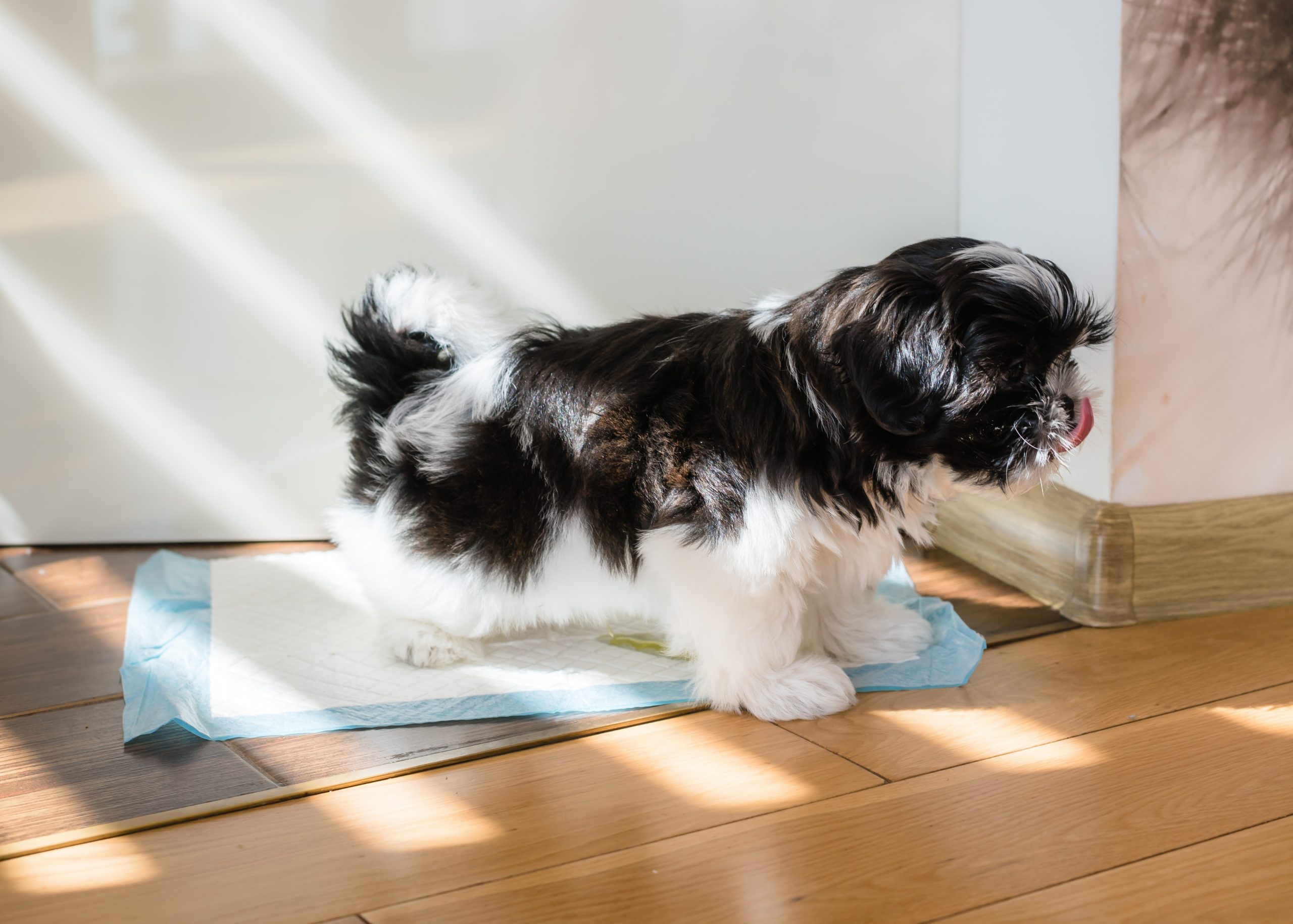 Shutterstock
Shutterstock
Dogs are incredibly loyal creatures, and they often become deeply attached to their owners. If you leave them alone for an extended period, they may exhibit signs of separation anxiety, which can lead to behavior problems like excessive barking or destructive chewing. Dealing with a dog that suffers from separation anxiety can test your patience as you work on training them to feel more comfortable when alone. It requires consistent effort, and sometimes progress is slow, but over time, you learn that patience is key in helping them feel secure in your absence.
The “Not Yet” Syndrome
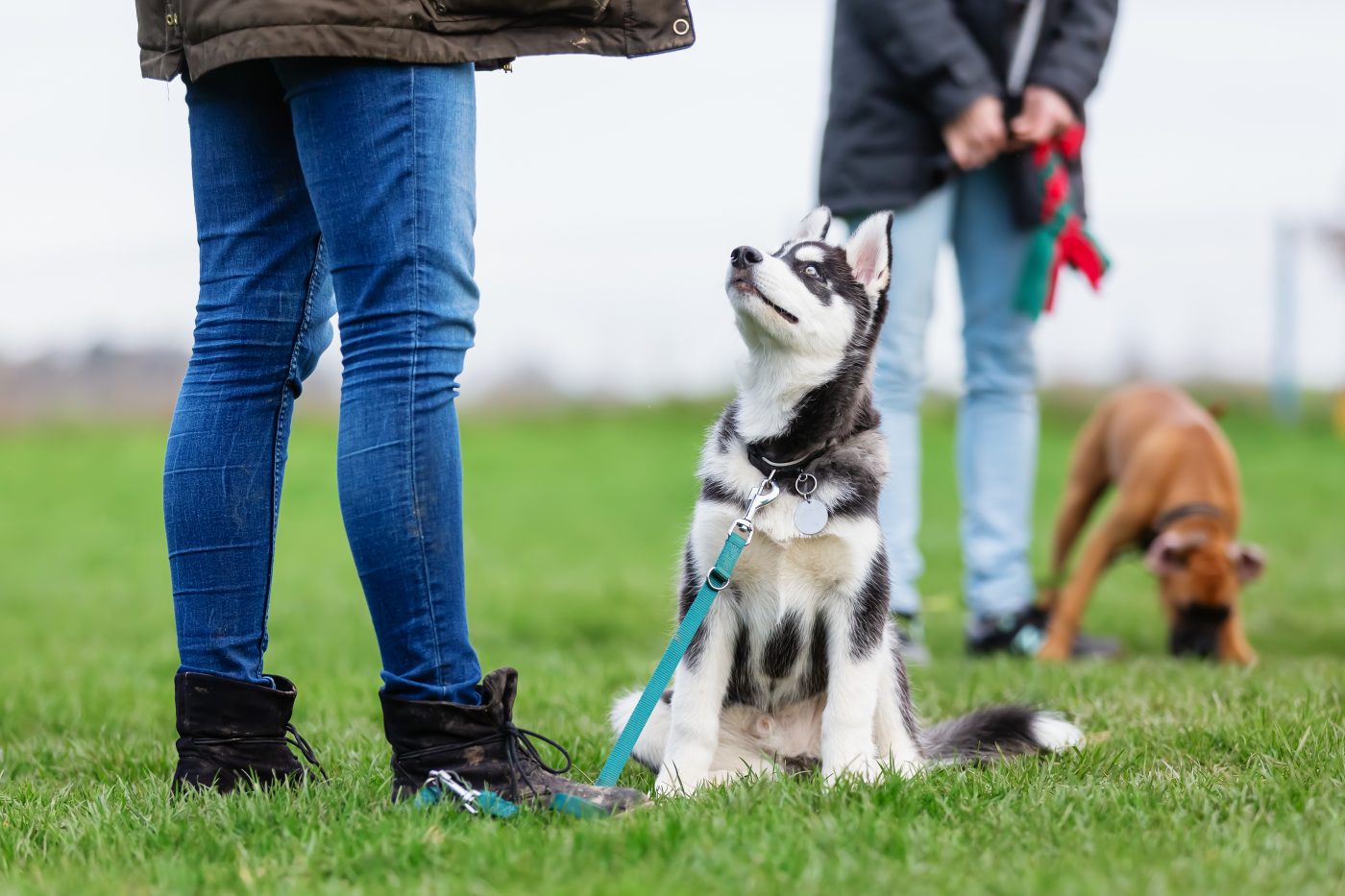 Shutterstock
Shutterstock
If you’ve ever tried to get your dog to learn new tricks or behaviors, you’ve likely experienced the frustration of their lack of immediate progress. Whether it’s teaching them to catch a ball or to walk without pulling on the leash, there’s often a period of trial and error. During this time, dogs require your patience as they gradually understand what’s expected of them. This “not yet” period can feel disheartening at times, but it ultimately teaches you that progress takes time, and it’s important to remain persistent even when things don’t happen immediately.
Managing the After-Meal Zoomies
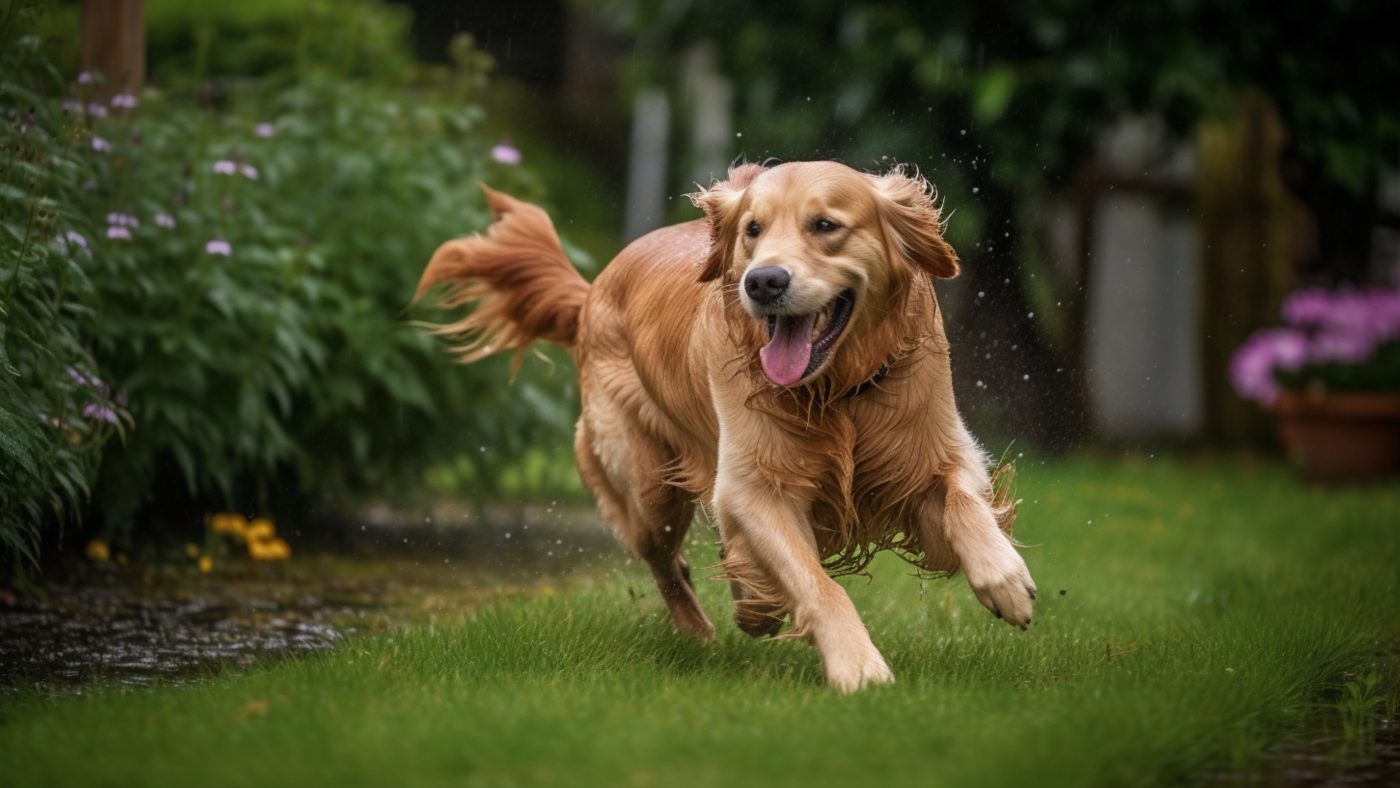 Shutterstock
Shutterstock
It’s a funny phenomenon that many dog owners know all too well—after eating, some dogs get a sudden burst of energy and go into a frenzy of zoomies, running in circles around the house or yard. This may leave you laughing or exasperated, depending on the circumstances, but it also requires patience. You may need to wait for your dog to calm down before resuming any activities, or you might have to sit through a series of chaotic moments. This teaches you to embrace unpredictability and to be flexible with your time, even when things get a little out of hand.
Understanding Their Emotions
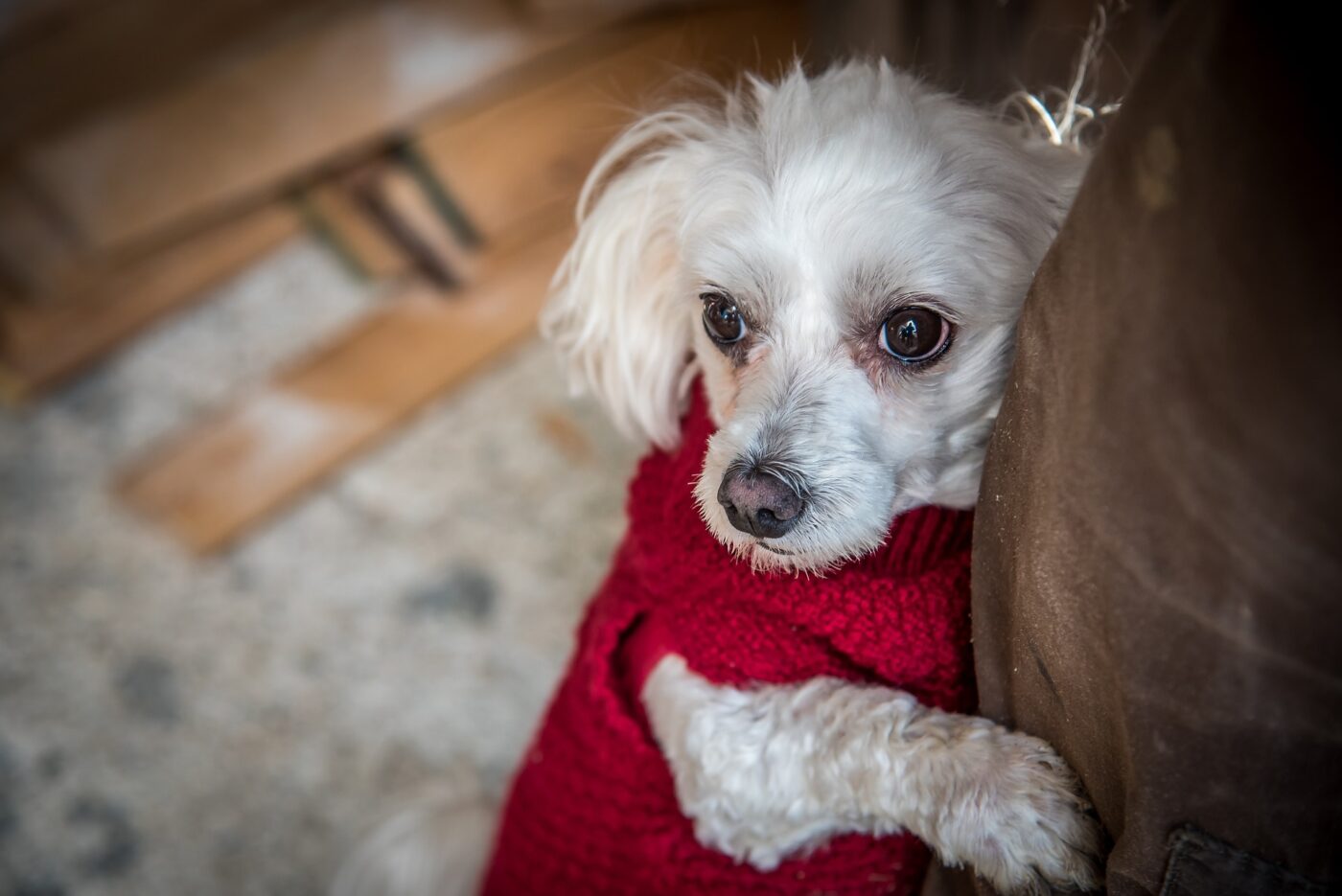 Shutterstock
Shutterstock
One of the greatest gifts dogs offer is the ability to understand and empathize with their emotions. Dogs have an innate ability to sense when you’re upset or anxious, and they often try to comfort you. In return, learning to read your dog’s body language and cues, especially when they’re anxious or scared, requires patience and attentiveness. The more you observe and understand their needs, the more patient you become. Whether it’s helping them calm down from a stressful event or understanding their discomfort in a new environment, this deepens your bond and teaches you to be more patient in all aspects of life.
The Patience of Grooming
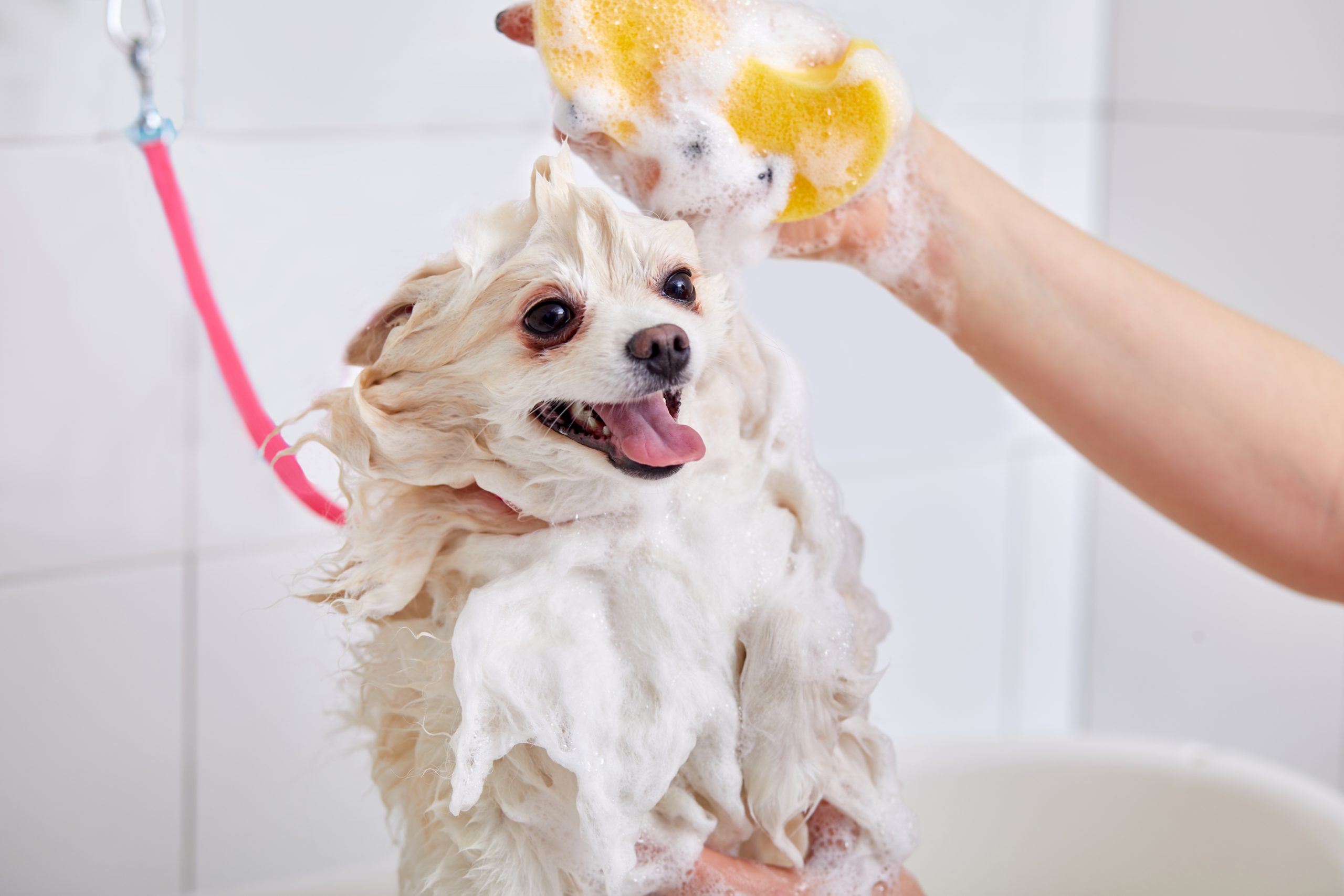 Shutterstock
Shutterstock
Grooming your dog can be a time-consuming and sometimes challenging process. Some dogs love being brushed and bathed, while others may not be as cooperative. Whether it’s trimming their nails or getting them through a bath, grooming teaches you patience through repetition and tolerance. Dogs don’t mind the process in the same way humans might, but they require gentle handling and time to become accustomed to the routine. Through these grooming sessions, you learn the importance of consistency and gentleness, which fosters a sense of patience not only with your dog but also with yourself.
The Ruff Road To Patience
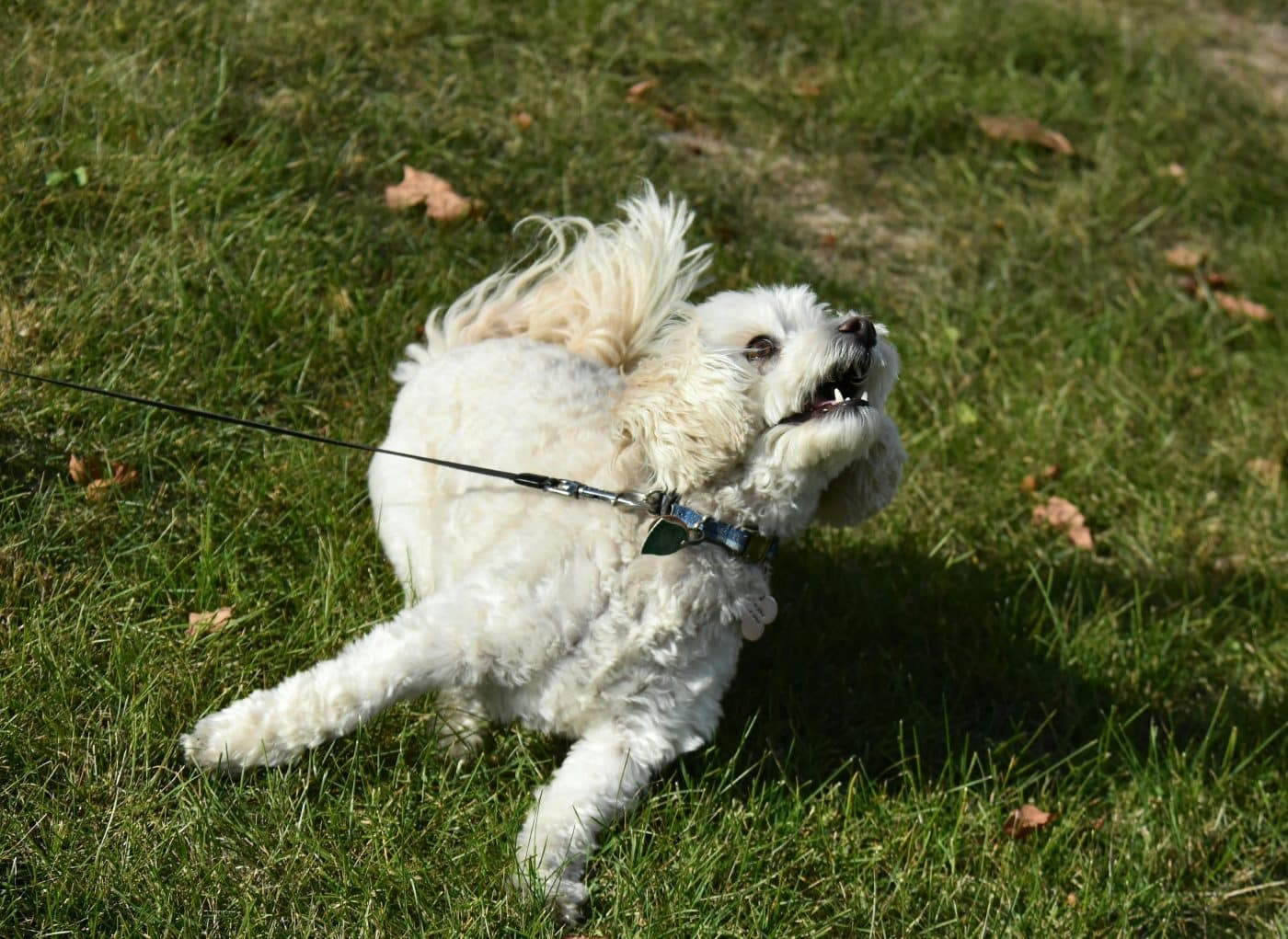 Shutterstock
Shutterstock
Dogs teach us patience in ways that go beyond basic training. Whether they give us playful nudges for attention or make us wait for them to finish their zoomies, these furry friends help us slow down and enjoy the moment. While their antics can be frustrating, their boundless energy and lovable quirks remind us that patience isn’t just about waiting for something to happen—it’s about enjoying the journey. So, when your dog stares at you with that “I’m ready for my walk” look, remember—they’re teaching you priceless patience!

